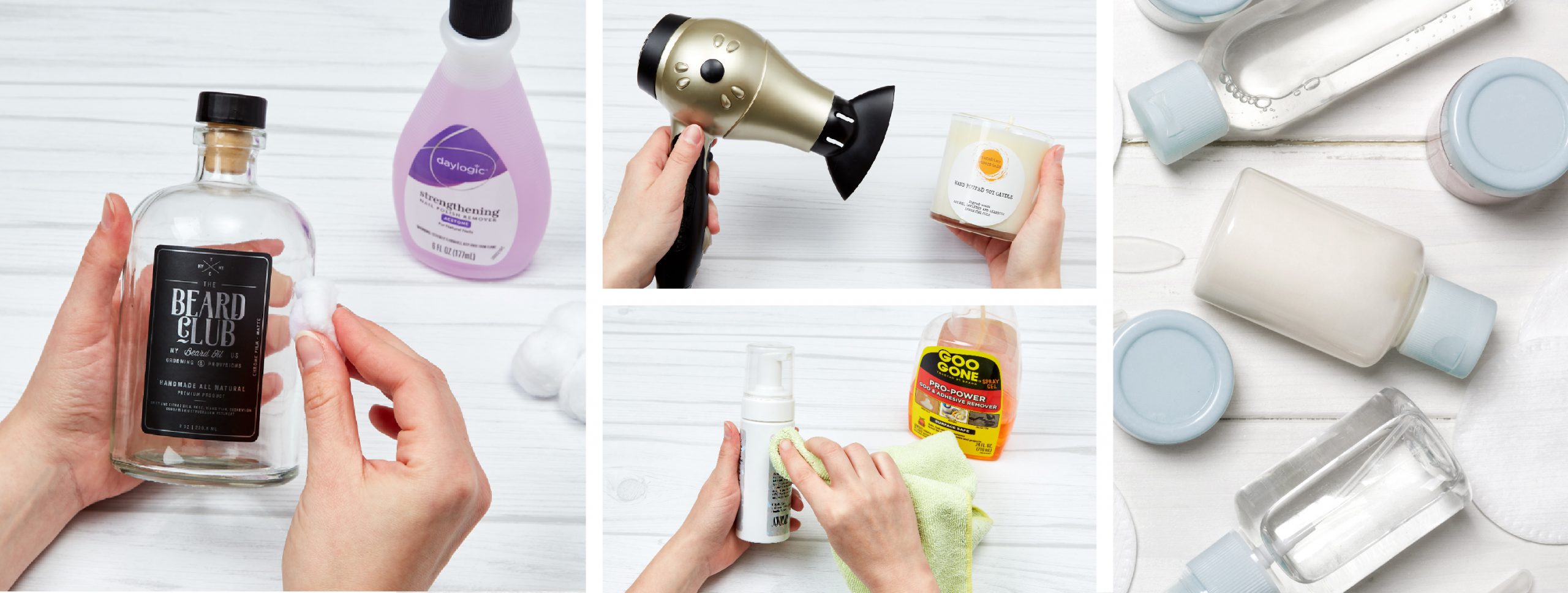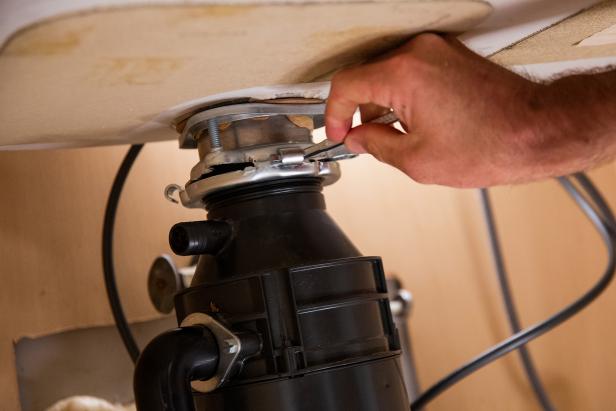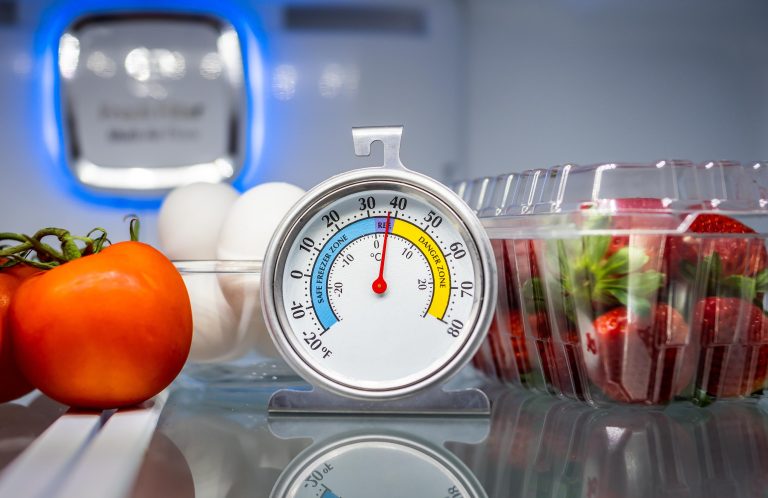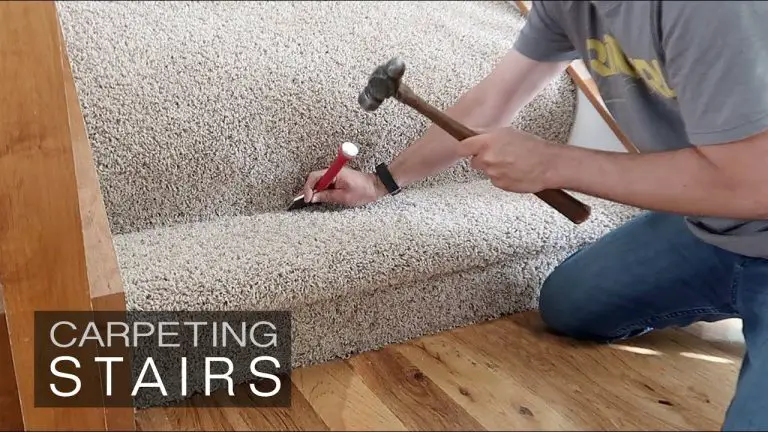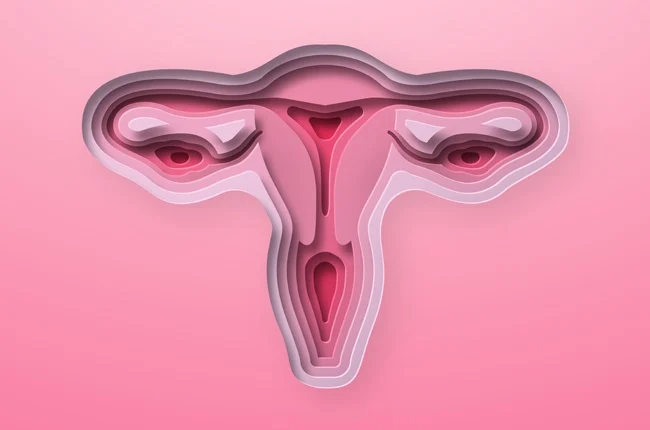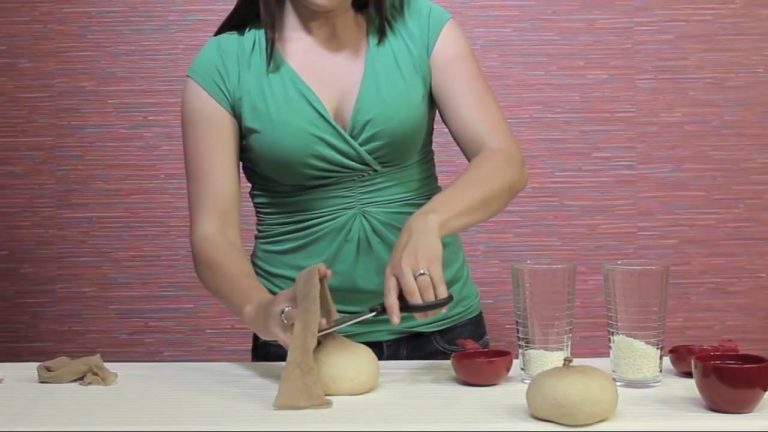How do you remove sticky label residue?
Removing sticky label residue from surfaces can be a difficult task. It requires patience and a few materials to do it properly. The most common way to remove sticky label residue is by using a combination of heat, solvents, and scraping tools. Heat can be provided by iron or a hair dryer, while solvents like rubbing alcohol and nail polish remover can help to break down the adhesive. Lastly, scraping tools like razor blades, plastic cards, or putty knives can be used to remove the residue. With the right combination of tools, you can remove sticky label residue without damaging the surface.
1. What is sticky label residue?
Sticky label residue occurs when adhesive from a label or sticker has been left behind on a surface, creating a stubborn, sticky, and sometimes difficult-to-remove residue. This residue can be caused by a variety of things, such as improper label removal, or by leaving labels on for too long. Sticky label residue can be difficult to remove and may require specialized cleaning products, depending on the surface it is stuck to. It is important to address this issue quickly, as the residue can build up over time and cause damage to surfaces, making it even more difficult to remove.
2. Causes of sticky label residue
Sticky label residue can be a troublesome issue, especially when it comes to ensuring a clean, professional look for products. Labels are often applied to products for branding or informational purposes but can leave behind a sticky residue if not removed properly. This residue can be caused by a combination of factors including the type of adhesive used on the label, the surface of the product, the length of time a label is left on, and even environmental conditions such as temperature or humidity. The best way to avoid sticky residue is to use labels that are engineered for specific purposes and to remove them promptly and carefully.
3. Methods to remove sticky label residue
Removing sticky label residue from surfaces can be a tricky task, and nobody likes having to deal with it! Fortunately, there are several methods available to help you quickly and easily remove any sticky residue. One common method is to use a bit of cooking oil, as it is known to break down the glue and make it easier to remove. Additionally, items such as rubbing alcohol, nail polish remover, and even hot water can be used to help dissolve the glue and make it easier to wipe away. If you’re looking for a more natural approach, try using vinegar or lemon juice, which both work well to help remove sticky residue. No matter what method you choose, be sure to test it on a small area first to make sure it won’t damage the surface. With the right approach, you can have sticky label residue removed in no time!
4. Tips on avoiding sticky label residue
Sticky label residue can be a pain to clean up and can ruin the look of your product or packaging. To avoid sticky label residue, here are some top tips: start by using labels with a high-quality adhesive, and be sure to apply them carefully and evenly. Before removing an old label, use a hairdryer to warm it up and make it easier to remove. Use a damp cloth or sponge to remove any remaining adhesive residue, and then use rubbing alcohol or a citrus-based cleaner to remove any remaining residue. Finally, make sure to use a lint-free cloth to clean the area and restore the item to its original condition. With these tips, you can avoid sticky label residue and keep your products looking as good as new!
:strip_icc()/assorted-cleaning-solutions-plus-peanut-butter-594c8e41-6ca410ecabc646959db37d9888bffbca.jpg)
5. Benefits of removing sticky label residue
Sticky label residue can be an annoying nuisance to remove. But did you know that there are actually numerous benefits to be gained from tackling it? Removing sticky label residue can help to protect surfaces from damage, keep products looking brand new and reduce the risk of dirt and grime build-up. It also helps to make sure that surfaces are free from any irritants or contaminants and are safe for use. Additionally, removing sticky label residue can help to reduce clutter and improve the appearance of your home or office. So, don’t just leave those sticky labels stuck on – give them the boot and reap the rewards!
6. Choosing the right product to remove sticky label residue
Using the wrong product to remove sticky residue from surfaces can be a sticky situation. That’s why it’s important to choose the right product for the job. When picking the right product to remove sticky label residue, consider the surface it’s on and the type of residue you’re dealing with. For example, a mild detergent is a good choice for removing residue from plastic and metal surfaces. For tougher residues like tape or glue, you may need to use solvents or rubbing alcohol. Once you’ve selected the right product for the job, make sure to test it in an inconspicuous spot before applying it to the entire surface. Doing so will help you avoid any potential damage. With the right product and a little patience, you can get rid of sticky label residue in no time.
7. Troubleshooting common issues with removing sticky label residue
Removing sticky label residue can be a tricky task! Whether you are trying to remove a label from a jar, a book, or a piece of furniture, there are several techniques you can try to get the job done. From using a blow dryer to heat the residue to using a lubricant such as cooking oil or mayonnaise to loosen it, you can find the perfect method to get rid of the sticky residue in no time. Additionally, you can use a razor blade or a plastic scraper to remove the residue without damaging the surface. With these easy tips, you’ll never have to worry about sticky labels again!
Conclusion
Removing sticky label residue can be a tricky task, but with the right techniques and materials, it can be done quickly and effectively. There are several methods available to choose from, such as using heat, solvents, or mechanical force. Heat is most often used to soften the adhesive, allowing it to be peeled away. Solvents can help to dissolve the adhesive, making it easier to remove. Mechanical force, such as scraping, can be used to remove the residue as well. With these methods, most sticky label residue can be easily removed.
